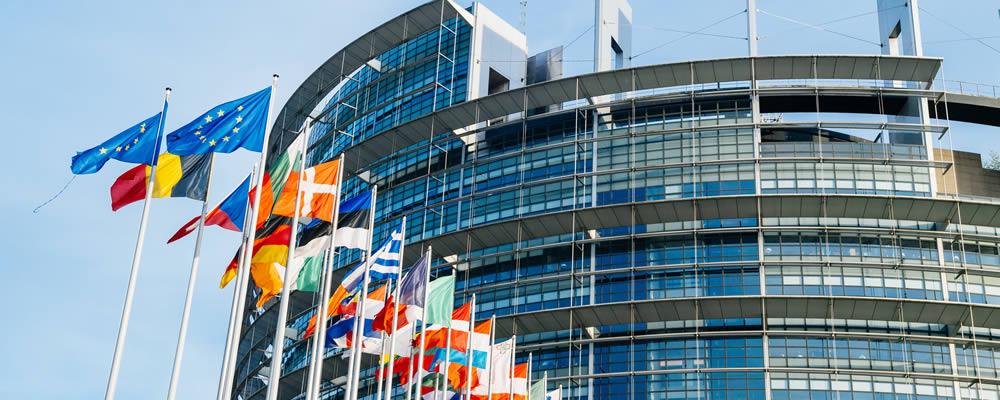Euro US Dollar Exchange Rate Slumps as US Dollar Climbs
The Euro US Dollar (EUR/USD) exchange rate has traded within a narrow range today as it rests around its lowest point since July 2020.
This comes after the US returned higher than forecast inflation figures of 6.2% which caused USD to strengthen significantly.
As of time of writing the EUR/USD exchange rate sits at around $1.1469.
Euro (EUR) Steady as EU Predicts Higher Growth
The Euro (EUR) has traded within a narrow range today as the European Union revised its growth forecasts for 2021 for the third time, prompting fresh movement in the currency.
GDP in the Eurozone is now forecast to grow by 5% this year. The forecast has steadily risen throughout the year, 4.3% in May and 4.8% in July, as the trading bloc continues to rebound quicker than expected from the COVID-19 pandemic.
The news comes despite ongoing supply issues and the steady rise of energy prices worldwide, with credit largely given to the zone’s COVID-19 vaccination effors.
Valdis Dombrovskis, European Commission (EC) vice-president had the following to say on the positive forecast:
‘The European economy is bouncing back strongly from the recession, with a projected growth rate of 5% this year. Our measures to cushion the blow of the pandemic and to ramp up vaccinations across the EU have clearly contributed to this success. But this is no time for complacency: we continue to face uncertainty with this virus and there are some risks to contend with.
Not least, we need to address bottlenecks in supply chains, as well as surging energy prices which will affect many households and companies across Europe. We also need to closely monitor inflation and adjust our policies if needed. To stay on track, we must now focus on rolling out investments and reforms planned under the Recovery and Resilience Facility to boost our economic potential.’
US Dollar (USD) Rises as Inflation Rockets
The US Dollar (USD) has continued to climb amid high inflation, as investors make speculative bets on an early rate rise by the Federal Reserve.
Figures released yesterday show that inflation in the US jumped well above forecasts last month from 5.8% to 6.2%. A 30% rise in energy costs since last year, ongoing supply shortages, and increased consumer demand are all thought to have contributed to the highest rate of inflation since November 1990.
The ballooning rate has intensified pressure placed on the Federal Reserve within recent weeks to hike interest rates ahead of schedule. The central bank’s current position is that many of the inflationary pressures, such as supply chain and labour issues, are ‘transitionary’.
The Fed has also previously stated that it is reluctant to raise rates in any way until they have a clearer picture of the job marker post-pandemic. This reflects a similar stance taken by the Bank of England (BoE) last week who also neglected to raise rates, citing a lack of labour data after the end of the UK government’s furlough scheme.
Rick Rieder, chief investment officer for global fixed income at investment company Blackrock, remain sceptical over this ‘jobs-first’ approach:
‘The risks stemming from inflation have become increasingly top of mind to Federal Reserve policymakers, since excessive accommodation for too long, or essentially running the economy hot, could well hold unintended market consequences that further erode confidence and eventually impair the recovery.’
EUR/USD Exchange Rate Forecast: Eurozone Manufacturing to Fall as US Confidence Drops
Looking ahead to tomorrow, the Eurozone is forecast to show a fall in manufacturing capacity which may prompt further movement in the Euro.
Ongoing talks between French President Emmanuel Macron and UK Prime Minister Boris Johnson regarding fishing rights may also influence market confidence of EUR.
Significant data from the US markets comes in the form of consumer confidence for November. Forecasts are for confidence to rise slightly, as gains made by wage growth and falling COVID-19 cases are offset by higher inflation and a lack of confidence in US economic policy. This could cause further movement in USD, particularly if the printed figures differ drastically.



